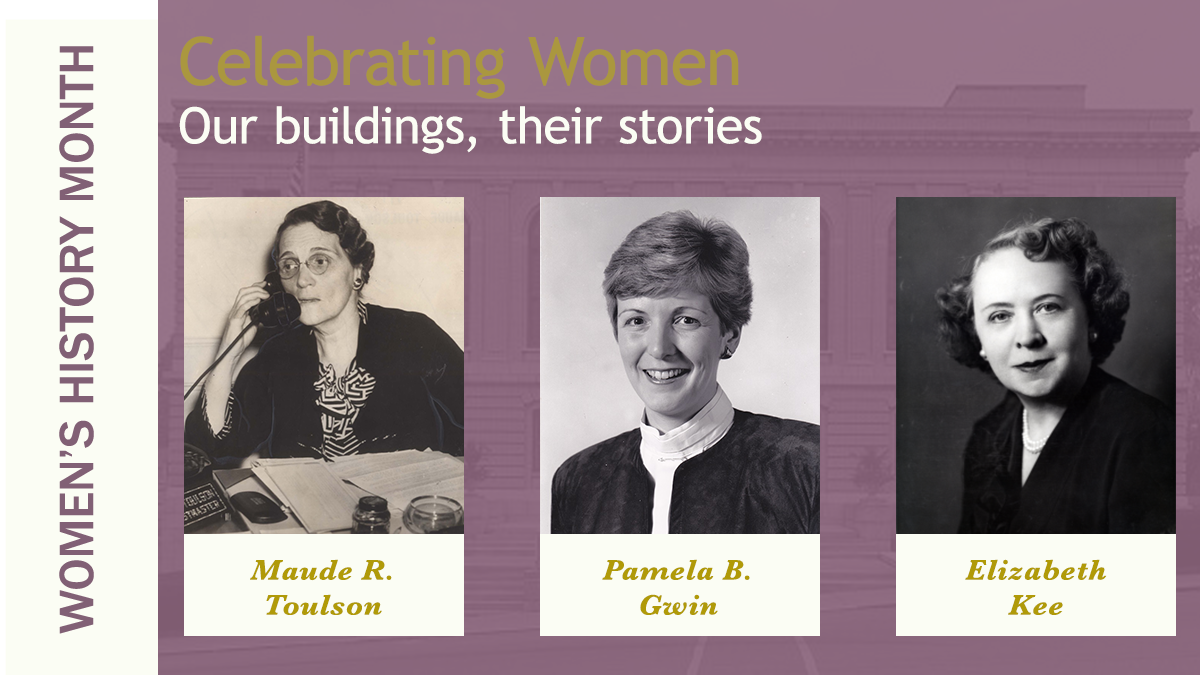
Celebrating Women’s History Month: Our buildings
Post filed in: Buildings
In celebration of Women’s History Month, GSA is highlighting federal buildings in our inventory named after famous women, and some of the history behind each of them.
Maude R. Toulson
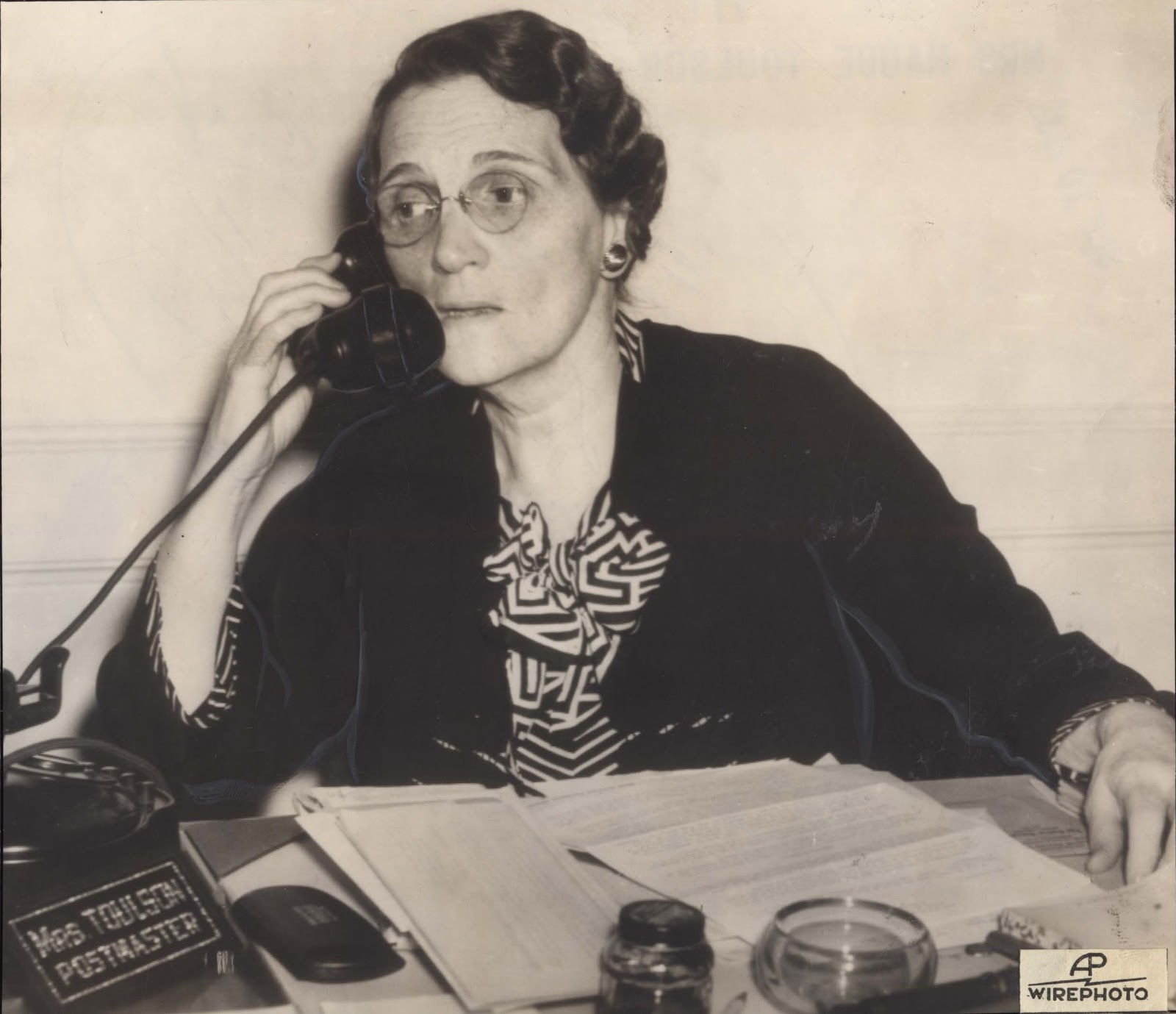
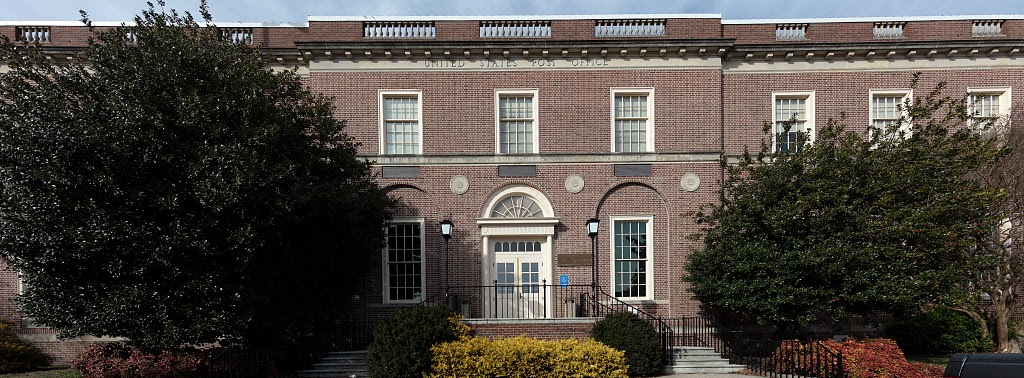
Photos in consecutive order: Maude R. Toulson at the Salisbury Post Office; exterior of the Maude R. Toulson Federal Building and U.S. Post Office in Salisbury, MD. Photo of Maude R. Toulson provided courtesy of the Edward H. Nabb Research Center at Salisbury University.
The Maude R. Toulson Federal Building and U.S. Post Office in Salisbury, Maryland, is named for Maude R. Toulson, the second woman ever to be appointed U.S. Postmaster in Salisbury. Appointed by President Franklin D. Roosevelt in 1936, Ms. Toulson successfully obtained funds to remodel and expand the post office building during the Great Depression and instituted career service for postal employees. As postmistress, Ms. Toulson expanded postal deliveries, including rural delivery service, and established the first airmail service for the local area.
Located along East Main Street in Salisbury, the building is eligible for listing in the National Register of Historic Places for its local significance as Salisbury’s first permanent post office building and as a symbol of the federal presence in the city. Additionally, the building embodies the ideals of the federal building campaign carried out by the Public Works Administration. Learn more about the history of the federal building and post office here.
Pamela B. Gwin
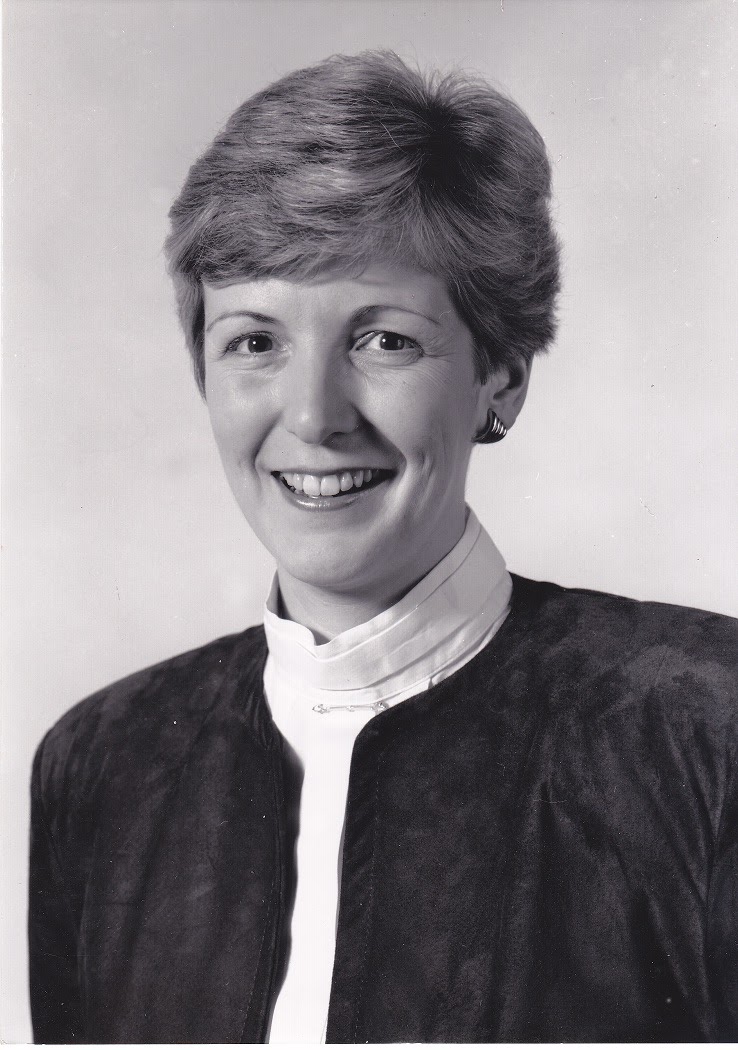
Photos in consecutive order: Pamela B. Gwin; Pamela B. Gwin Hall at the Federal Executive Institute in Charlottesville, VA. Photo of Pamela B. Gwin provided courtesy of Colin Gwin.
The Pamela B. Gwin Hall of the Federal Executive Institute (FEI) is named for Dr. Pamela B. Gwin, who started with the FEI in 1983 and served for 15 years as a faculty member. Dr. Gwin was the Associate Director of FEI, and served on the faculty and in leadership roles from 1983-1998. During her tenure she was an integral part of the creation of the Leadership for a Democratic Society Course, an in-residence leadership course for senior U.S. Government federal leaders. She was passionate about servant leadership and dedicated her career to preparing leaders in the civil service.
Located in Charlottesville, Virginia, the FEI represents the government’s, and in particular the U.S. Civil Service Commission’s, early efforts to improve upon the leadership skills of senior career government executives to enhance their individual performance and in turn the performance of government agencies. FEI was founded in 1968 by OPM to offer learning and ongoing leadership development for senior leaders. The campus has served more than 25,000 senior federal leaders. Learn more about the FEI here.
Elizabeth Kee
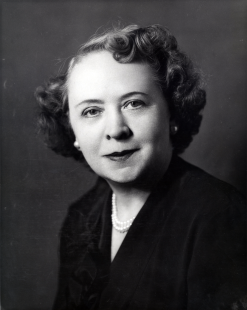
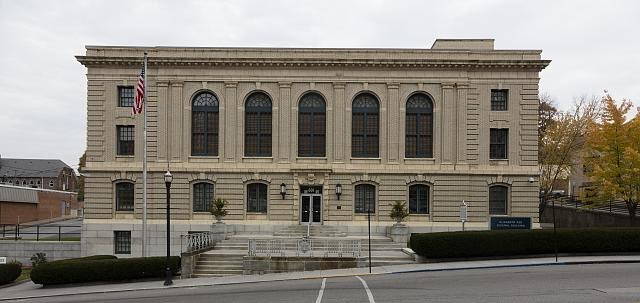
Photos in consecutive order: Elizabeth Kee; Elizabeth Kee Federal Building in Bluefield, WV.
The Elizabeth Kee Federal Building in Bluefield, West Virginia, is named for Elizabeth Kee, the first woman member of Congress elected from the State of West Virginia. Kee became representative in 1951, and served for six terms. She was also the first Representative in the state’s history to be elected without opposition in either the primary or the general election in 1958. Ms. Kee did not seek re-election in 1964.
The Federal Building in Bluefield has borne Kee’s name since 1976, in recognition of her and her family’s contributions to their home community and southern West Virginia.
Built from 1909-1911, the building is a significant example among Bluefield’s substantial collection of historic buildings. The building received a major addition and renovation in the late 1950s as a result of extensive lobbying by the Kees to secure funding for this work during the late 1940s and early 1950s. While its interior has lost its historic integrity due to changes made in the mid-20th century, the western portion of the exterior was restored in 1996 to its original design. Learn more about the history of the federal building here.

 U.S. General Services Administration
U.S. General Services Administration
